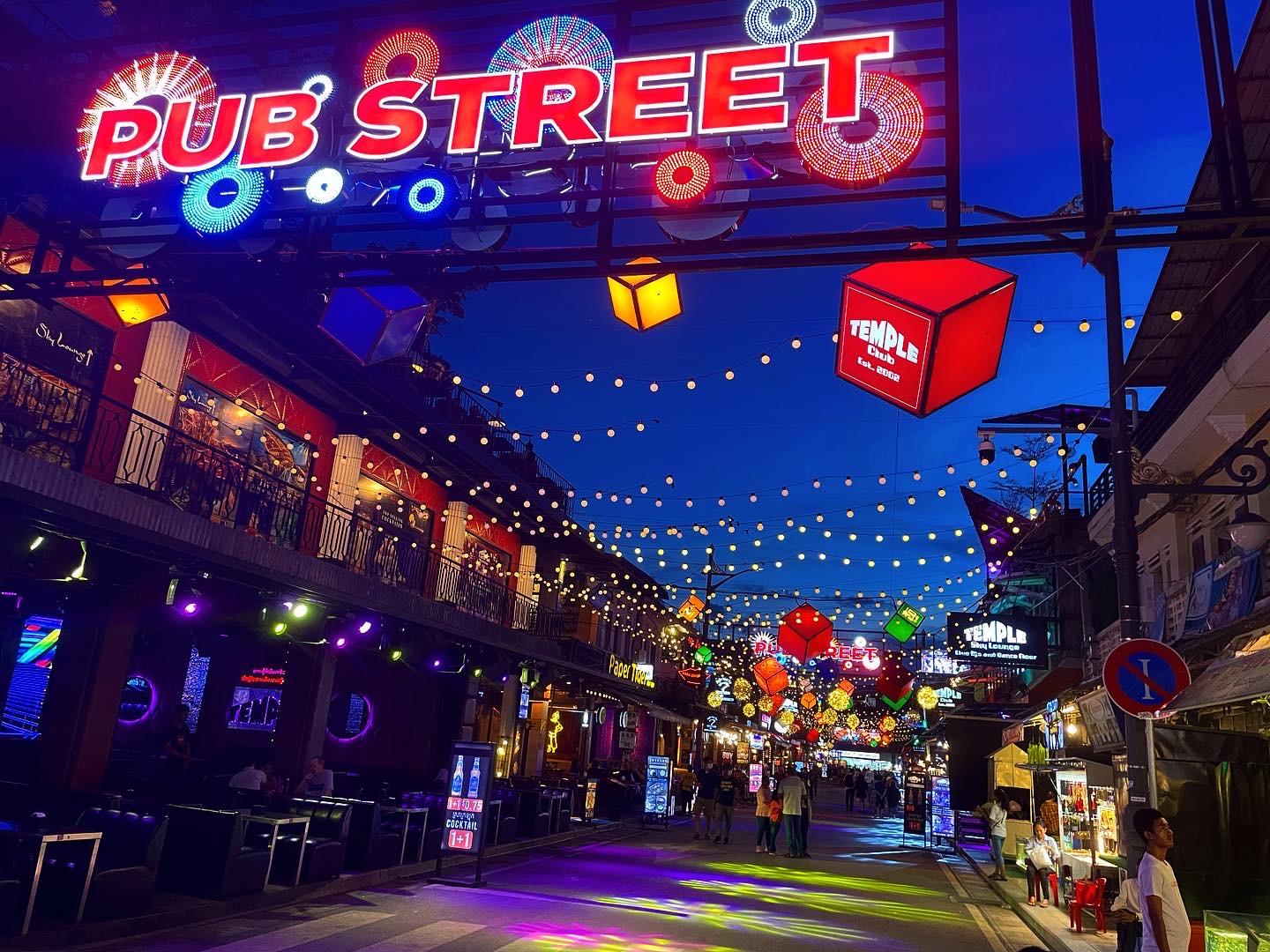Week 2: A trip to Siem Reap
My Work
Although only a week in, I was able to take a brief hiatus from the office and visit Siem Reap, a province located in the northwestern part of the country and home to Angkor Wat. I attended a water diplomacy conference with people from the countries that make up the Mekong River Basin. Representatives from Thailand, Lao PDR, China, Vietnam, and Cambodia met in order to share research and learn how to improve communication and interactions between the countries. Of course, water and resource policy are not my areas of expertise, but my undergraduate classes on resource economics and governance helped me offer a good perspective to the participants during the two days.
One of the afternoons, the conference put people into small groups to share insights and perspectives. Coming from America, I thought I understood that creating laws was difficult. There is certainly no shortage of news on the partisan divide in American politics. But, it was fascinating to see in person the collision of so many relevant parties over one issue. Researchers, NGOs, and government officials presented their sides of the argument. My small group found its way into a small discussion over what the definition of a good law is. A government official stated very clearly that if legislation makes it all the way through the government process and has the stamp of approval, it is by definition a good law. A local NGO fired back with the fact that a law may represent the majority, but it may not take into consideration the smaller and more localized interests. What is good for one party, may be detrimental to another, so a good law works for the people. Perhaps a middle ground exists -- I only wish I could have pulled out Madison’s Federalist Paper No. 10: “that measures are too often decided, not according to the rules of justice and the rights of the minor party, but by the superior force of an interested and overbearing majority”
My Travels
Before the conference, I was able to take time to go see Angkor Wat: the largest religious site in the world. The large area holds 100s of Hindu and Buddhist temples built from the 9th-15th century. Between the two days I was able to see an incredible number of them. I successfully hired a Tuk Tuk driver named Tom for the two days. Tom was the biggest blessing to a solo female traveler. He tripled as my driver, tour guide and personal photographer, which made my explorations of the temples that much more rewarding. If you are ever visiting Siem Reap, I would be happy to point you in his direction.
I had read other students’ blogs in preparation for Cambodia. Many of the ones who interned pre-COVID remarked on the crazy swarms of people when visiting Angkor Wat. Tom commented that while the boom a few years ago was great for business, it was admittedly too many people. My experience was by far the opposite. Even at the most popular temples like Angkor Wat and Ta Prohm, I easily found myself exploring corridors and wandering throughout the grounds with no one else in sight. Walking up and down the steep temple steps and soaking in the architectural feats, I enjoyed being out of the city of Phnom Penh.
Besides the temples rich with history, I most loved the little downtown of Siem Reap. Pub Street is the Cambodia version of Bourbon Street, Fourth Street, the Las Vegas strip, etc. Having been deprived of a good beer (for only $1!) and burger (unfortunately more than $1), I enjoyed blending in with the tourists who were in just as much awe of the hidden SE Asian gem as I was. The food and atmosphere brought about a comfort level that I had not had in a couple weeks, not to mention actual sidewalks lining the streets!
After two full days of conference and two days of working from a bus, I returned to Phnom Penh and the ODC office for Friday before hitting the weekend. Exploring the temples and the province of Siem Reap really scratched my travel bug, so I enjoyed a weekend exploring the shops and restaurants around my apartment.
